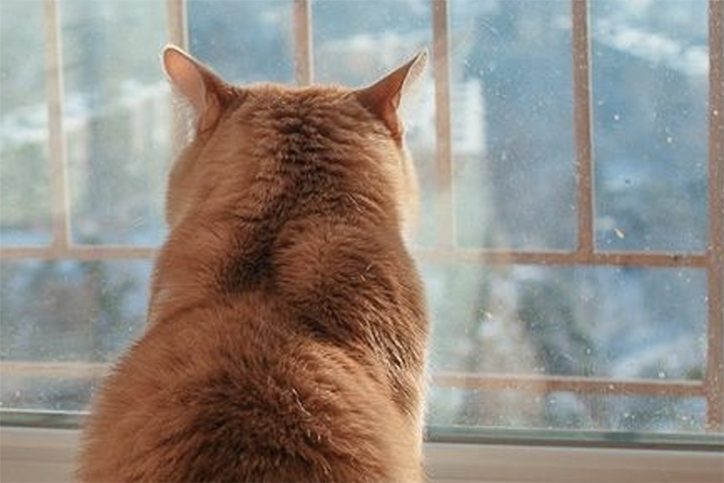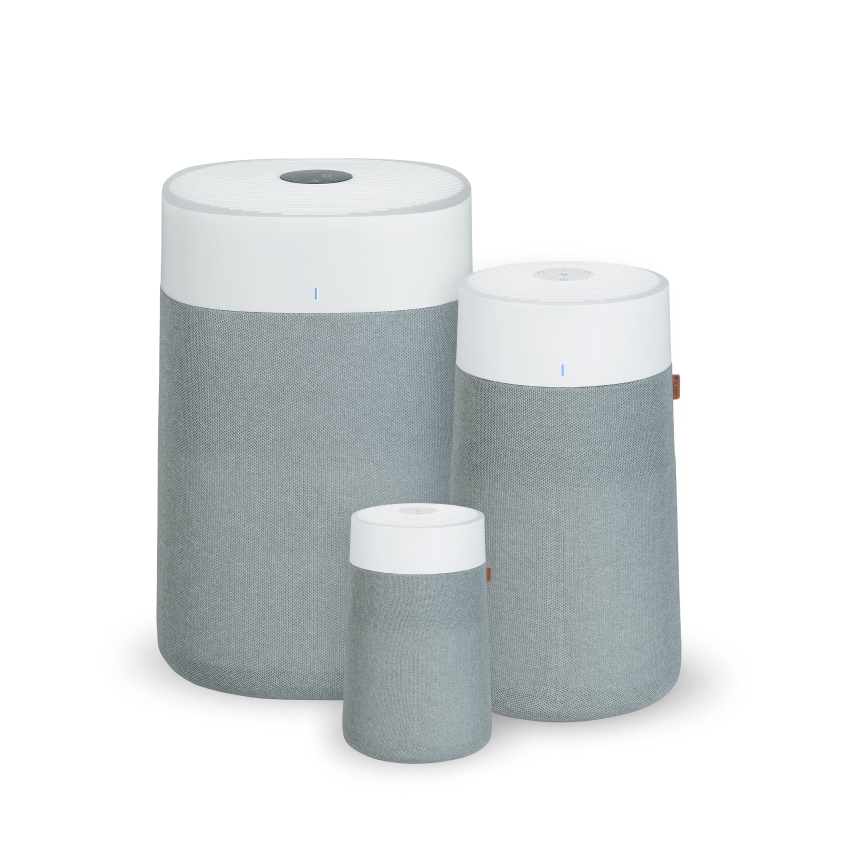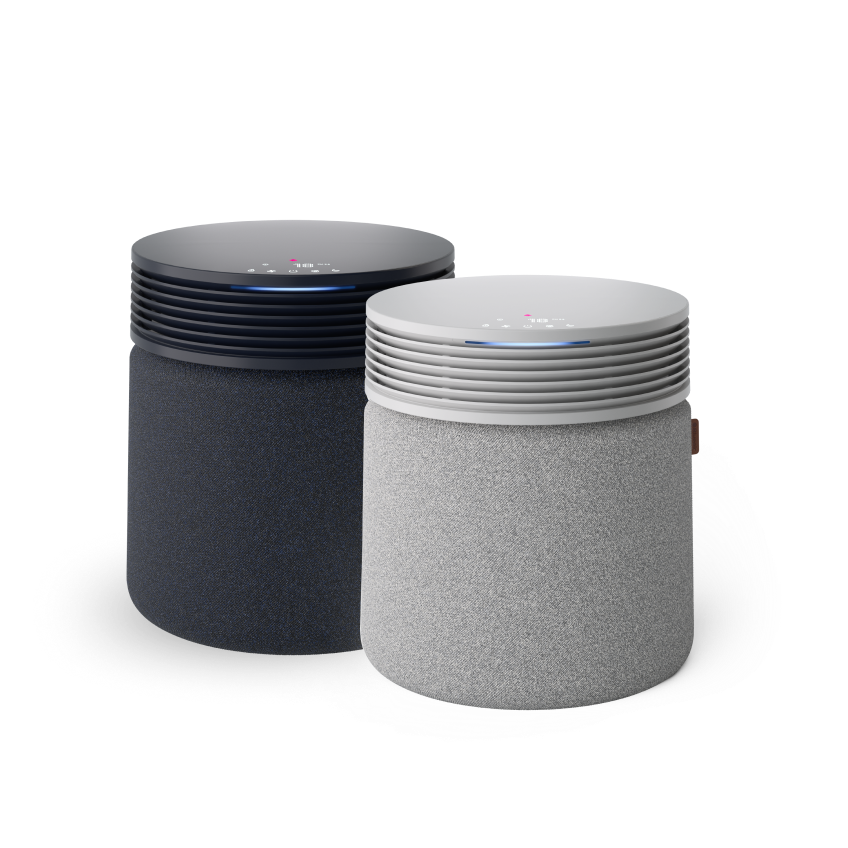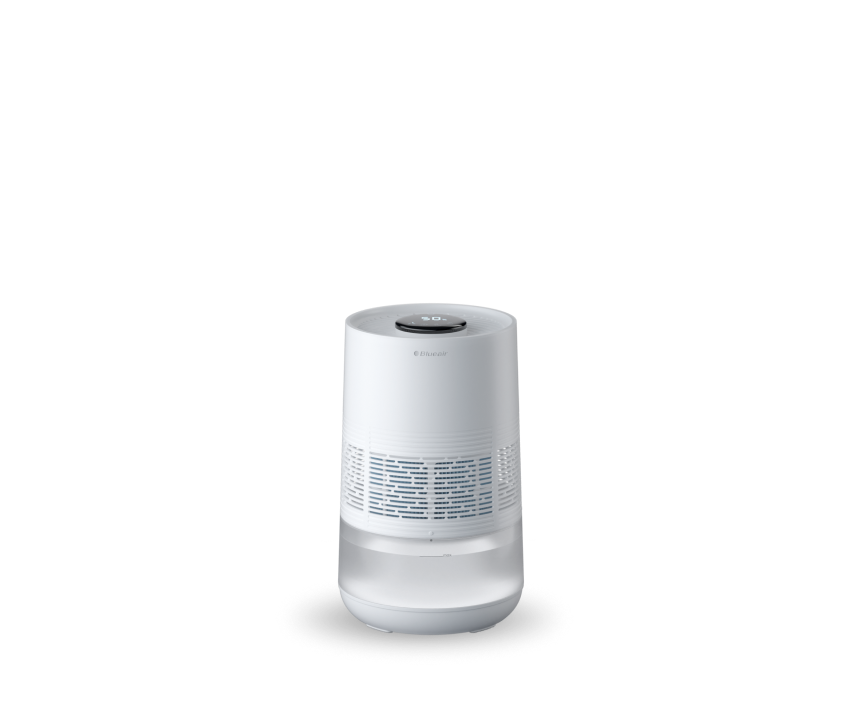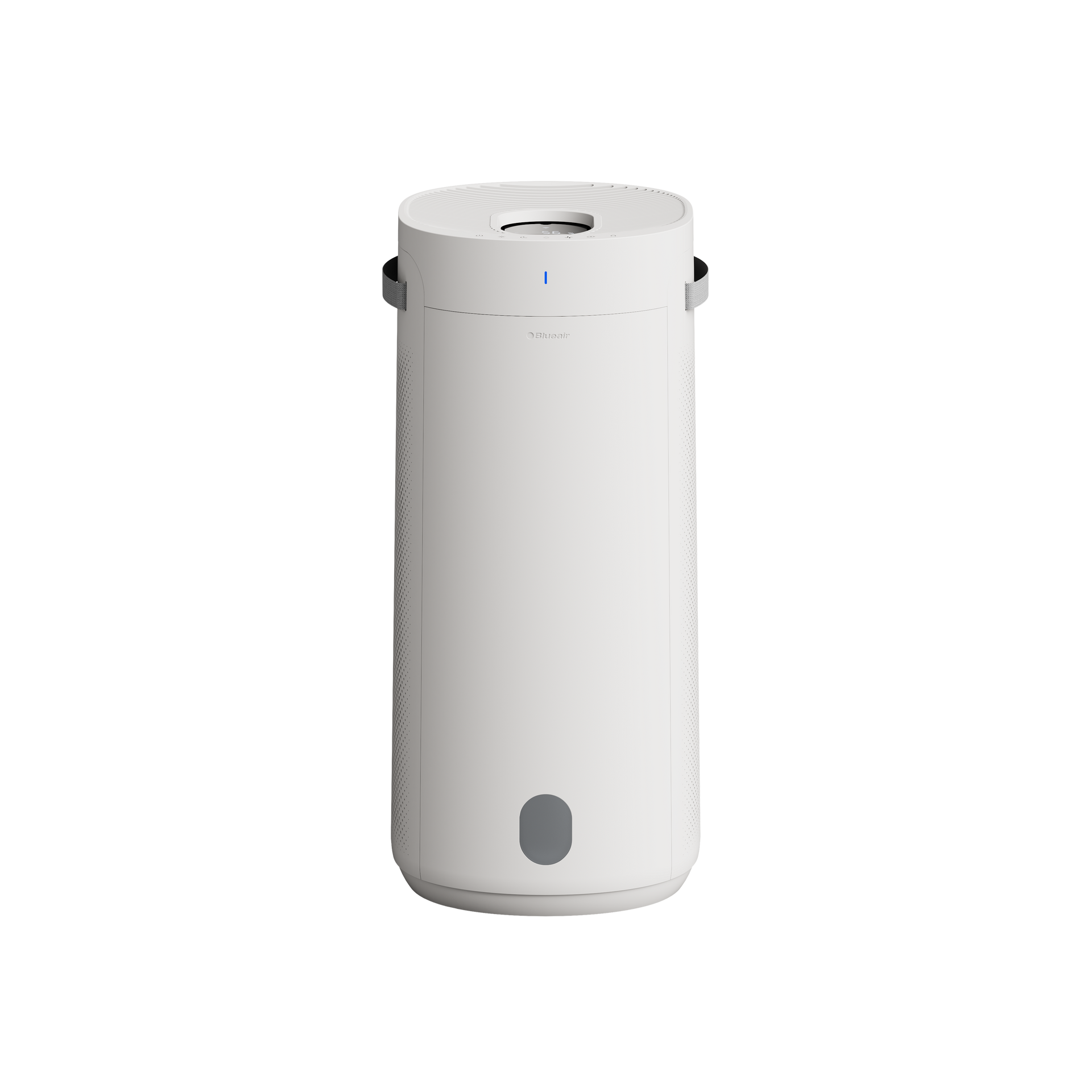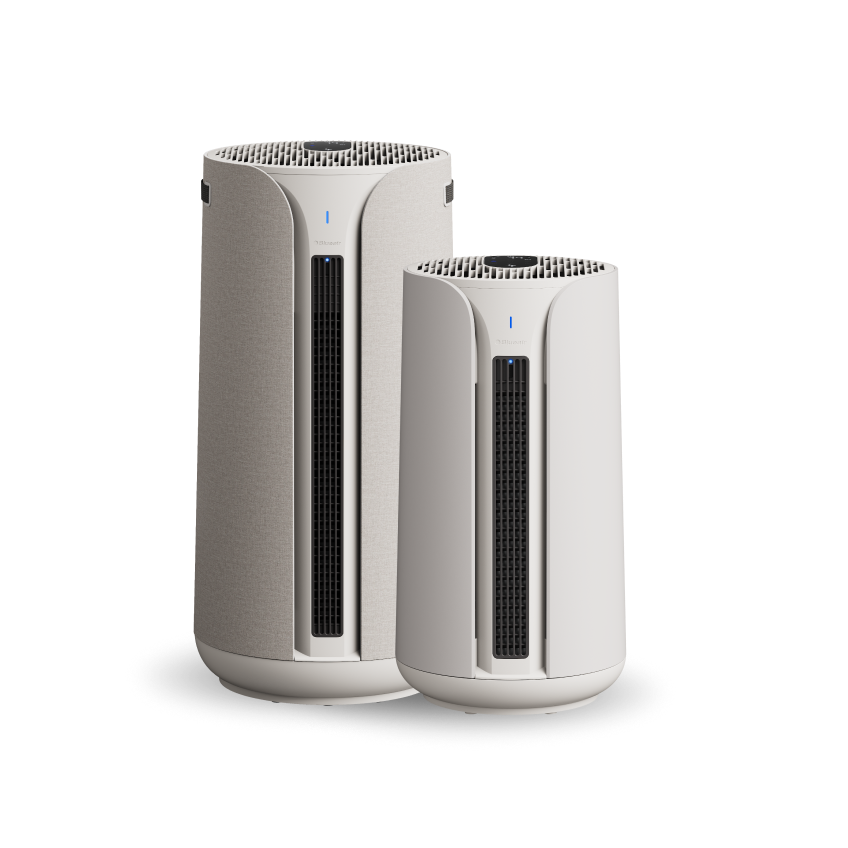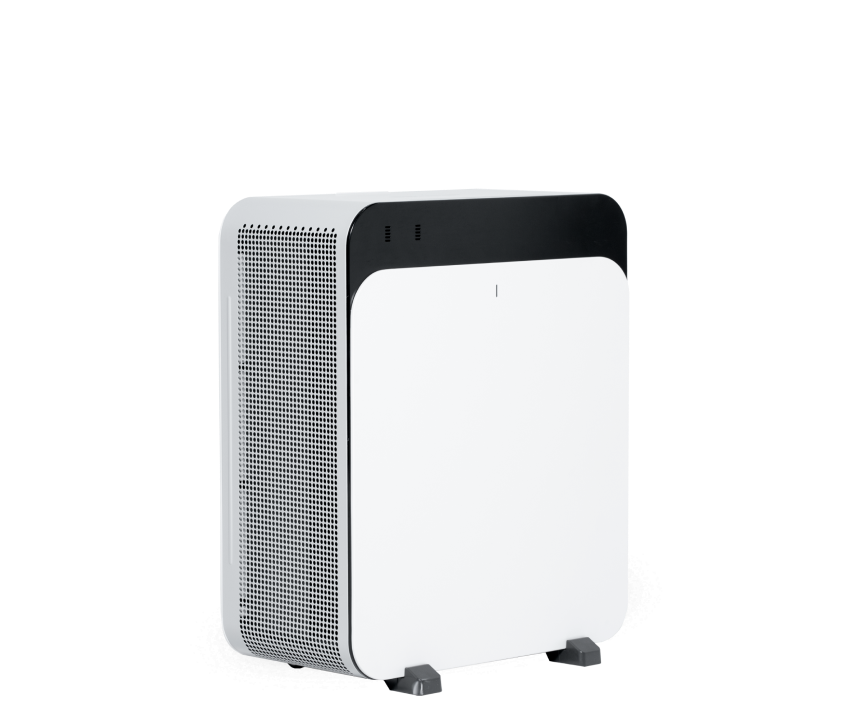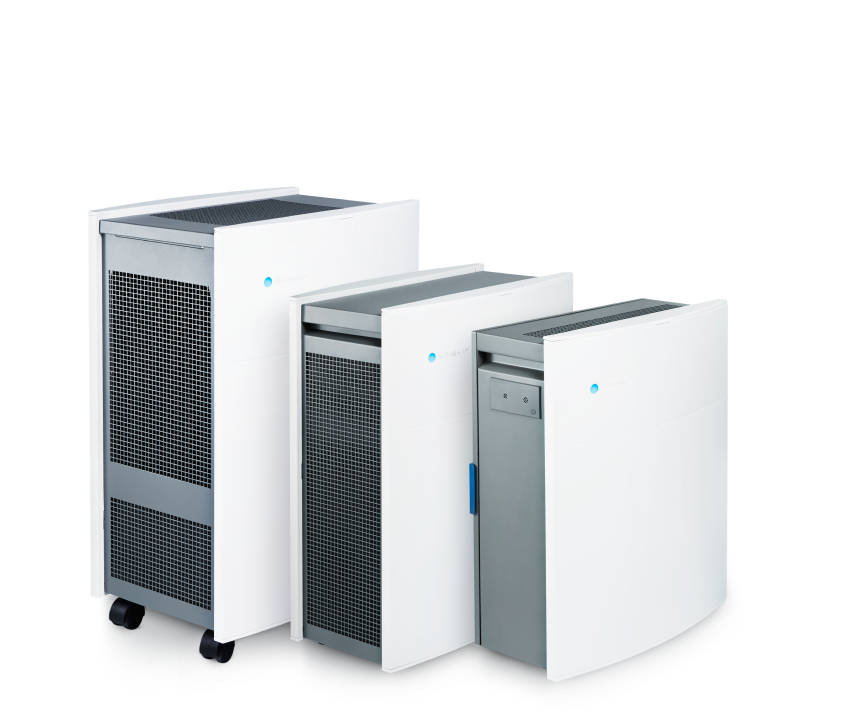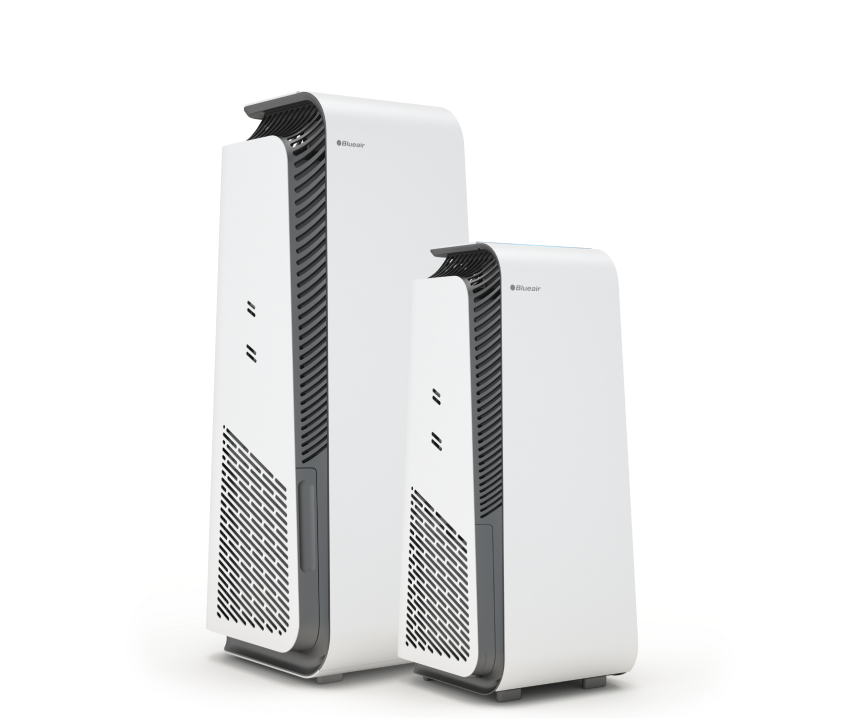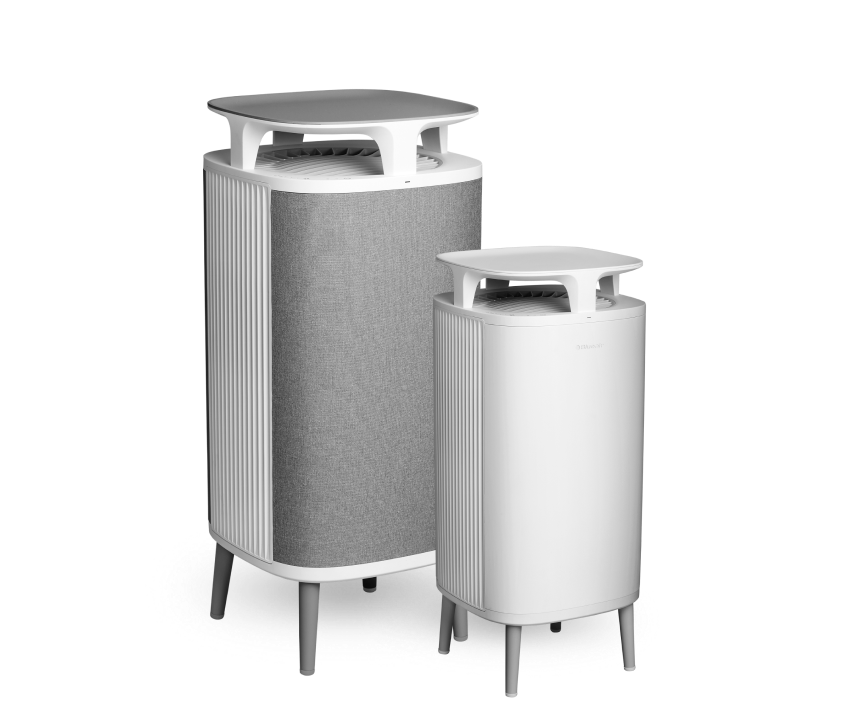
Free Shipping on Orders +$35
-
Air PurifiersCategoriesShop by room size
-
Heaters & Fans
-
Humidifiers
-
Filters
-
Learn
- Help me choose
- Sale
This website uses cookies to improve your experience. By continuing to use our website you are consenting to our cookie policy.

Low tVOCs levels can occur for various reasons:
You actually have low tVOC levels in the air.
Your device has recently been restarted (unplugged or after a power cut). In this case, the sensors need a little time to re-adapt. This can take up to one week.
Your device has been turned on and off in environments with different humidity and temperature. If so, the sensor needs a bit of time to re-adapt. This can take up to one week.
To view the user manual for your device, please follow this link https://support.blueair.com/faq/s/?language=en_US select the family that your device is in, and scroll down to the Specifications & Instructions section, then click on the user manual for your corresponding model.
Your air might be temporarily polluted.
Blueair's tVOC sensors are designed to react to most gases (tVOC = Total Volatile Organic Compounds). The concentration of the gases is summarized into air quality levels in the app. If you see high tVOCs levels, the air is probably temporarily polluted with gaseous pollutants. There can be many sources, such as perfume, new furniture, humidity, repellent, nail varnish, scented candle, disinfectant cleaner, laundry detergent, softener, paints, solvent, varnish, glue, dry-cleaned clothes, air fresheners, etc.
Also, the presence of humans and pets can provoke high tVOC levels (body odors and gasses), which is not harmful to your health. It only means that it is time to ventilate the room!
Here is what you can do to lower the VOC concentrations
Run your air purifier with a Smokestop filter (not suitable with all models of air purifiers).
Open the window and ventilate for at least ten minutes If you still think that your values are strangely high, contact us! We'll help you check that your device is set up correctly.


Blueair’s HEPASilent™ technology is what makes Blueair air purifiers almost silent. In this technology, pioneered by Blueair, electrostatic filtration first makes airborne particles easier to trap by giving them a negative electrical charge. This negative charge makes the particles adhere to the polypropylene fibers in the filter more easily, which allows the use of a less dense filter, so more air can be pushed through with less noise and less energy.
It is common to see higher levels of tVOCs in bedrooms or generally in any room with human presence. The reason is that the human body produces different gasses and VOCs, such as nitrogen, hydrogen, carbon dioxide, oxygen, and methane. Those "human-made" gases cannot all be removed by air purifiers. Simply ventilate the room regularly to let in fresh air and remove those gasses.
The Pure Fan Auto has a particle sensor which monitors the air quality in your room. Selecting the Auto Mode means that your Pure Fan Auto will automatically adjust when pollution levels creep up. The fan increases to the right speed based on the sensor readings and slows down when the air is clean again. This ensures that your air purifier is always running at the perfect speed needed to maintain the purity of the air in your home.
The Blue Pure Fan does not have the Auto Mode. Only the Pure Fan Auto has the Auto Mode.
The indoor air quality thresholds are based on several regulatory values recommended by the United States Environment Protection Agency (US EPA) and the World Health Organization (WHO). For outdoor ambient air, the Blueair Friend app uses the thresholds from the US EPA Air Quality Index (AQI).
HEPA grades a filter’s filtration efficiency grade following American and European HEPA Standards:
American HEPA: The American standard requests a filter media to have at least 99.97% efficiency at 0.3 micron to be classified as a HEPA filter.
European Standards: In Europe, there is a numerical grading system from H10 – H14 depending on the filter’s filtration efficiency.
HEPASilent and HEPASilent Ultra are Blueair’s unique air filtration technology that uses a combination of mechanical and electrostatic filtration to capture and remove particles from the indoor air. Blueair HEPASilent™ technology removes 99.97% of airborne particles down to 0.1 microns in size. Our HEPASilent™ technology is unique in that it uses the mechanical filtration to draw in polluted air into the air purifier, then electrostatically charges particles to allow particles to better cling to the filter media in the unit, which in turn increases the air purifier’s filtration efficiency and overall performance.
HEPA grades a filter’s filtration efficiency grade following American and European HEPA Standards:.
-American HEPA: The American standard requests a filter media to have at least 99.97% efficiency at 0.3 micron to be classified as a HEPA filter.
-European Standards: In Europe, there is a numerical grading system from H10 – H14 depending on the filter’s filtration efficiency.
H13 HEPA is based on the European numerical grading system. H13 indicates the filter has 99.95% filtration efficiency.
Particles, bacteria and viruses
Blueair air purifiers are designed to remove both ultra-fine and coarser particle pollutants from the air. Most particle pollutants are natural or come from the incomplete burning of fossil fuels. The most common natural pollutants are dust, pollen, mold, pet allergens, viruses and bacteria. The pollutants from incomplete burning of fossil fuels come from vehicle motors, industrial processes and power plants.
Follow the links below to learn more about the benefits of Blueair air purifiers with specific pollutants.
Air purifiers for pet allergens.
Air purifiers for dust mites.
Air purifiers for mold.
Air purifiers for pollen.
Optimizing the air for your baby.
Volatile Organic Compounds (VOCs)
VOCs are gaseous organic chemicals found in both outdoor and indoor air. “Volatile” means that a compound easily evaporates at normal temperatures and pressures. VOC sources are widely used as ingredients in household products. Paints, varnishes and wax all contain organic solvents, as do many cleanings, disinfecting, cosmetic, degreasing and hobby products. The irritating gases may play a role in many illnesses, from respiratory disease to chemical sensitivity.
A quick reduction of gaseous pollutants is best achieved by the filters with activated carbon, such as SmokeStop™, DualProtection, MultiSmokeStop and the Particle and Carbon filters.
Check the following topics to learn more about the effects of Blueair air purifiers against smoke and VOCs.
Air purifiers for tobacco smoke.
Air purifiers for VOCs, odors and gases.
There is no such thing as a “medical grade” HEPA filter. In the US, the FDA does not grant approval or certification for a “medical grade” HEPA filter. Buyers should be aware that there is a lot of miscommunication and lack of enforcement in the air purifier market regarding these false claims.
True HEPA is defined as a filter media with at least a 99.97% efficiency at 0.3 [OL1] micron. Through a combination of mechanical and electrostatic filtration, Blueair’s HEPASilent has been independently tested to show a 99.99% filtration efficiency at 0.3 micron, meeting the HEPA definition.
The higher the CADR(Clean Air Delivery Rate) test numbers, the better the unit’s overall ability to clean indoor air. For example, if an air purifier has a CADR of 388 for tobacco smoke particles, it will reduce smoke particle levels to the same concentration as would be achieved by adding 380 cubic feet of 100% clean air per minute.
When selecting the Night Mode on your unit, the fan will run at the lowest fan speed and the LED lights will dim down. Check your unit's user manual to see if Night Mode is available.
We recommend using the Night Mode when you want to ensure a good air quality, with a minimum of disturbance.
Your air purifier is most efficient when all the doors and windows are shut.
No. Ventilation plays an important part in the improvement of your indoor air quality.
We advise you to ventilate your home every day by opening the windows for at least 10 minutes to let in some new air. If the outdoor air is highly polluted, try ventilating when the outdoor air quality is at its best, by checking the outdoor air quality levels in your Blueair app. During this temporary ventilation, you can leave your air purifier on. Once you close the window, the air purifier will lower the indoor pollutant levels.Blueair offers a wide array of air Purifiers that can cater to many needs. When looking for a new purifier, it is important to know and understand what features you may need. We have a convenient quiz on our website that helps choose what purifier is best for you. You can take the quiz here https://www.blueair.com/us/guidedselling/
Just select
What specific room size (square feet) you are placing the purifier?
What specific concerns are you trying to resolve? (Allergies & Asthma, Smoke & Odor, Pet Dander, etc)
App connectivity or manual operation
Based upon your answers, the quiz will automatically choose what purifier suits your needs the most!
If you want to compare multiple Blueair purifiers, we also have a helpful comparison tool on our website that will let you compare up to 3 different purifiers at a time. You can use the compare tool here https://www.blueair.com/us/compare/?cgid=air-purifiers
To ensure maximum performance, an air purifier should run 24 hours a day, seven days a week. For that reason, Blueair devices are developed with low power consumption in mind, making sure environmental impact – as well as cost of ownership – is as low as possible. The low energy consumption is made possible thanks to the HEPASilent™ technology, which combines two types of particle filtration, electrostatic and mechanical. Due to this combination, Blueair’s air purifiers are able to use less dense filters, resulting in a high Clean Air Delivery Rate (CADR) while keeping the noise levels and the energy consumption down.
Blueair products are certified by Energy Star, a globally recognized program of the U.S. Environmental Protection Agency (EPA) and the U.S. Department of Energy. In addition to being Energy Star certified, Blueair products are also tested according to local energy efficiency programs such as MEPS (Minimum Energy Performance Standards) in Korea and GB/T 18801-2015 in China.
If you have an issue with your product, please contact your local Blueair retailer from which you purchased the item. To contact Blueair for personalized support, please visit www.blueair.com and click on Support to access all the ways to contact the closest Customer Support team.
Not all Blue air purifiers have connectivity features. If you have a WI-FI symbol on the top of your unit, your purifier is Wi-Fi compatible.
It is not recommended to clean the filters in any way. Vacuuming or washing filters with water could damage the filter media and decrease the performance.
